If you are an avid fan of competitive trading card games, you have likely either complained or heard someone complain about how hard it is to keep up with physical play when watching someone else play live. This is specifically an issue for the biggest TCG competitions that want to stream matches to viewers at home, but it looks like The Pokémon Company is actively taking steps to try and improve its product in that regard.
As spotted by PokéBeach, The Pokémon Company International filed a patent that would utilize radio-frequency identification (RFID) to accurately track cards during gameplay in a way that would benefit commentators by giving them instant access to accurate information on which cards are being used.
This patent was filed in April 2019 and granted in May 2022, with credits to TPCi software quality manager Paul Grimes, and specifically mentions tagging card sleeves with RFID tags—thus allowing for easy information mapping for entire decks of playing cards. This has a number of benefits, but the main one discussed in the patent is the “generation of real-time strategy information related to the game” in a way that normal cameras just can’t capture.
The basics of this new tech would see players using special sleeves tagged and tied to an existing RFID system that would allow for the production and commentators to have much clearer access to every bit of information about an ongoing game, including tracking exactly what cards are in each player’s hand, deck, discard pile, and more. It would also likely allow for TPCi’s production team to streamline its broadcasts with fewer cameras and monitor angles, while also opening the door for new visual packages using the enhanced real-time info.
Within the patent itself, diagrams show exactly how RFID readers would be implemented through the use of card sleeves and transmitted between a reader, computer, and cameras to share details about each specific card. Here is a basic breakdown:



- Capture tag values for each affixed sleeve in a deck
- Repeat capture for tag values once players draw their cards
- Compare the first and second sets of values to determine which tags are missing from the deck
- Identify cards drawn from the deck based on that comparison
- Generate output strategy of information based on that comparison
- Output information
This process is roughly how each figure explains the system barring the actual image capture and the patent includes much more in-depth figures you can view for yourself if you are interested in breaking things down.
As it stands, this is likely something TPCi and its partners have been working on for years as a way to improve its streams for the Pokémon TCG through the use of information gathering. It is unclear exactly how, if, or when this will be implemented into official broadcasts, but once it is, fans should see a clear jump in quality for commentary and visual production.



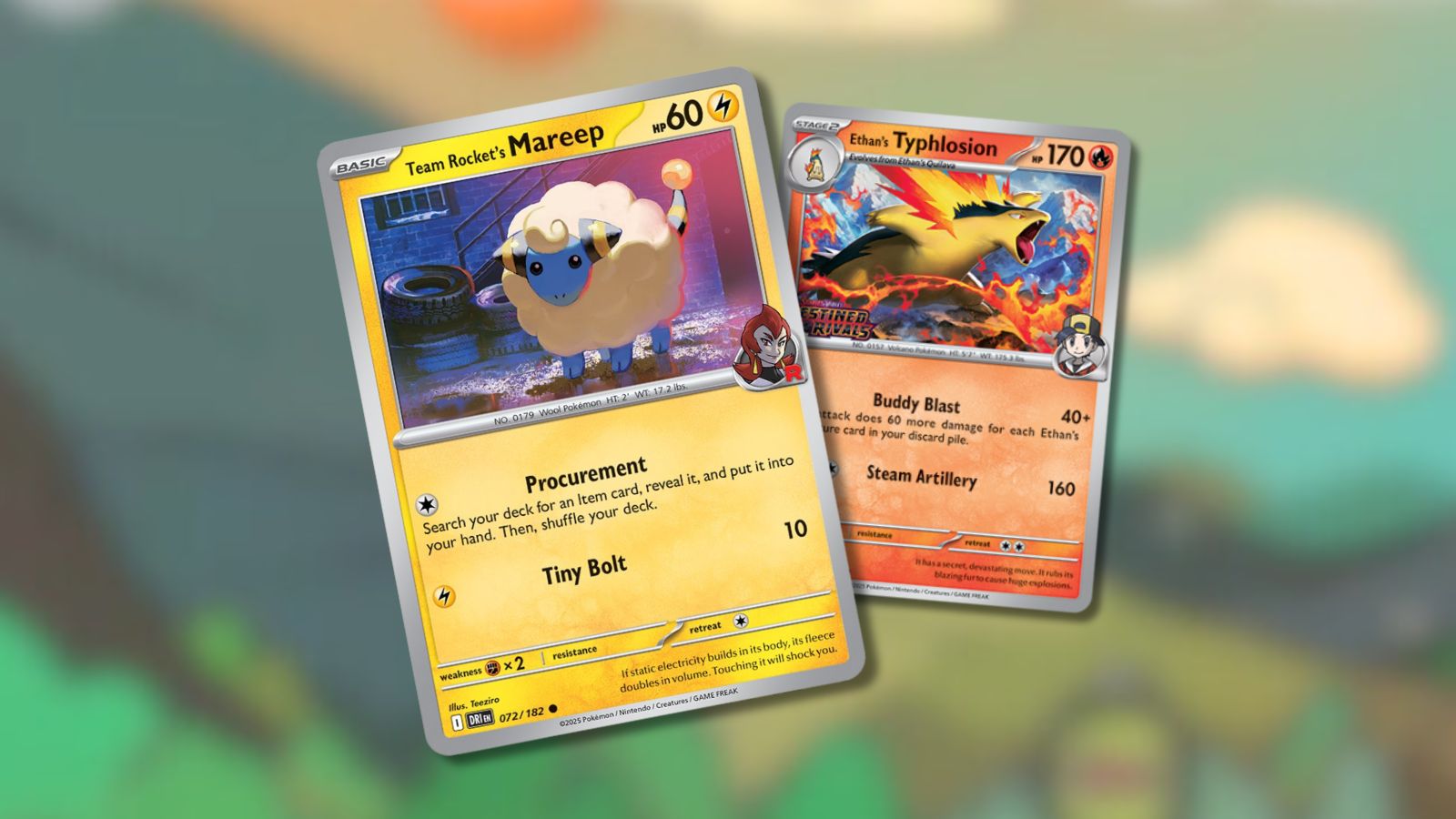


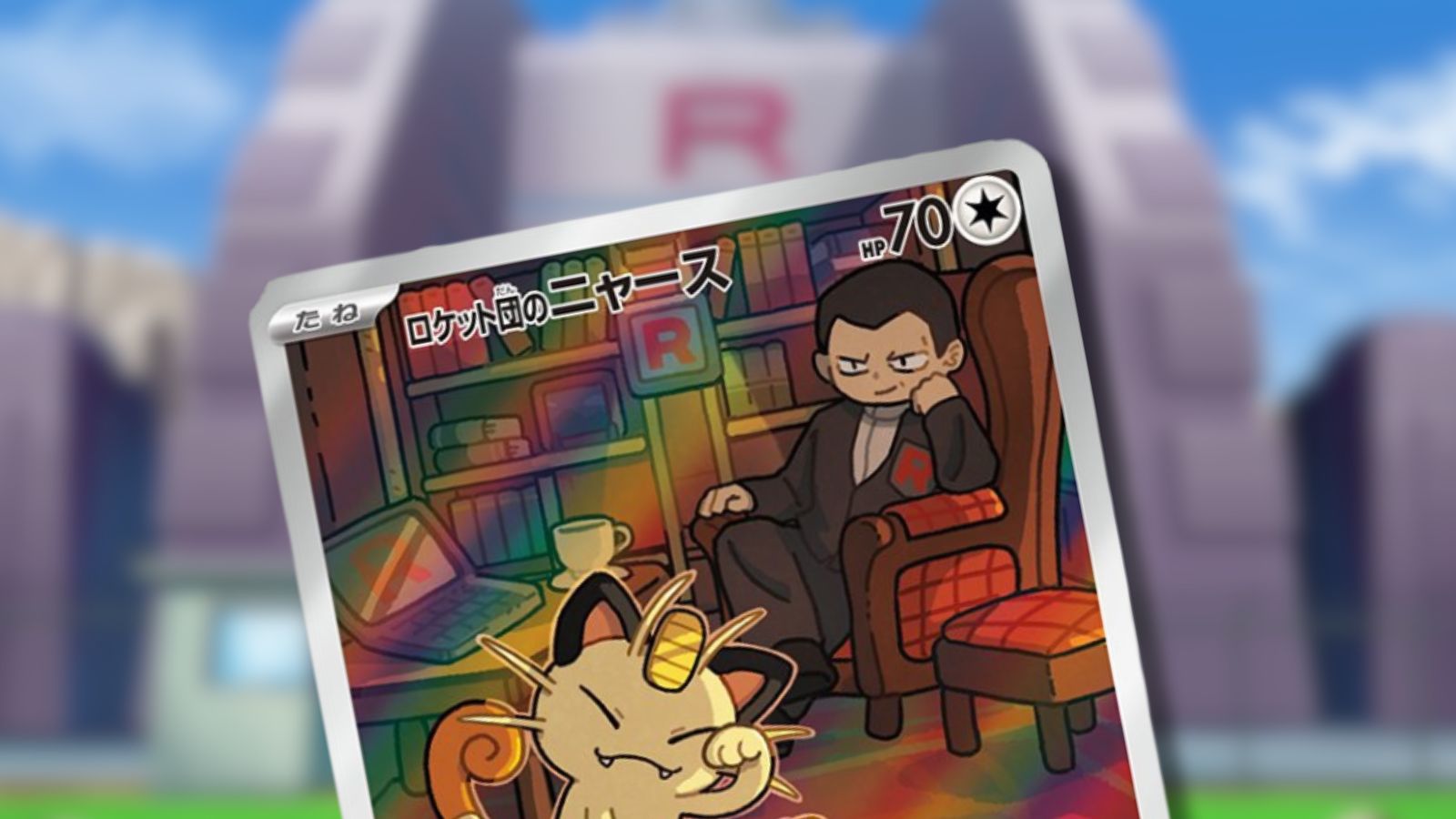
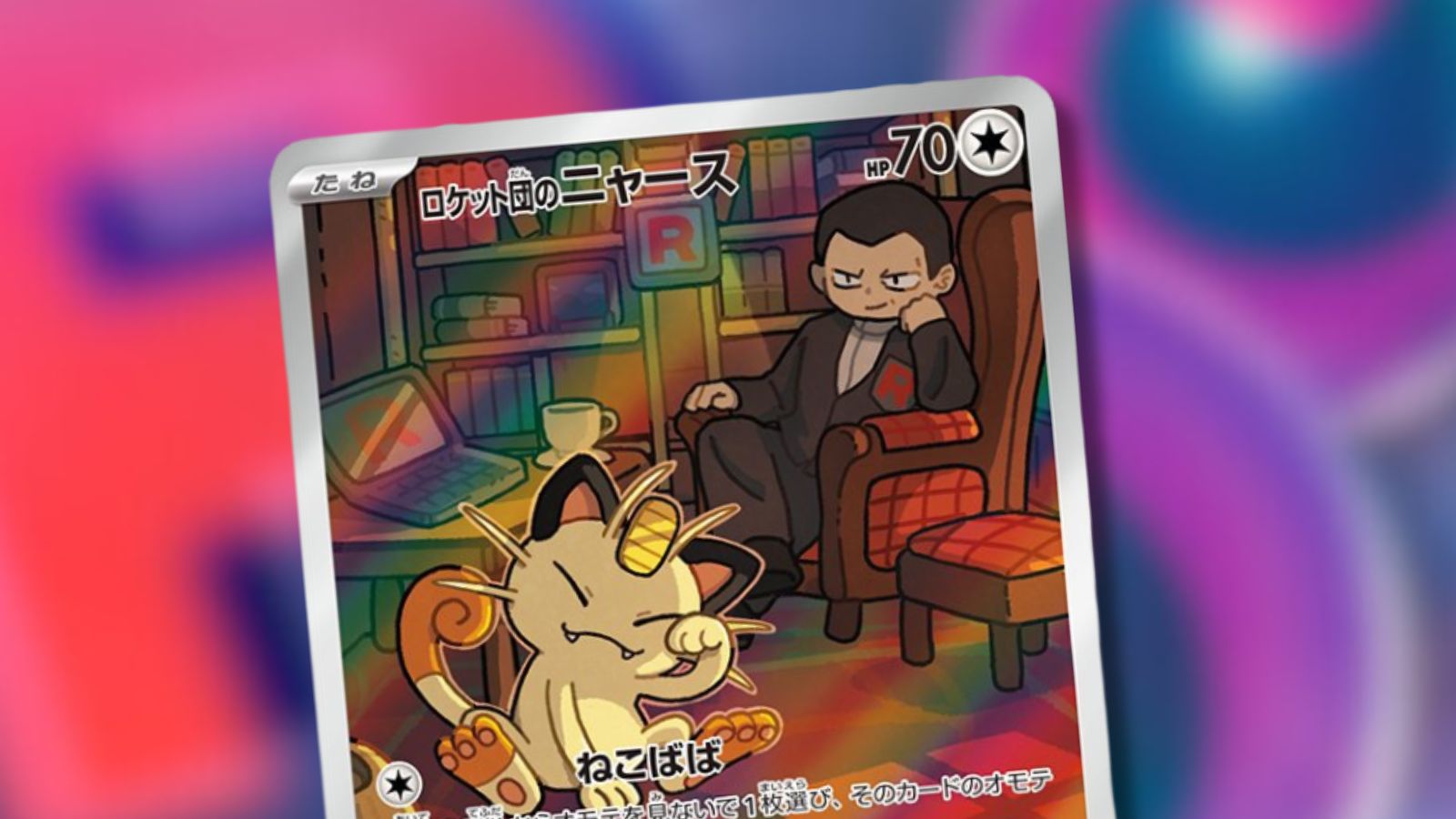
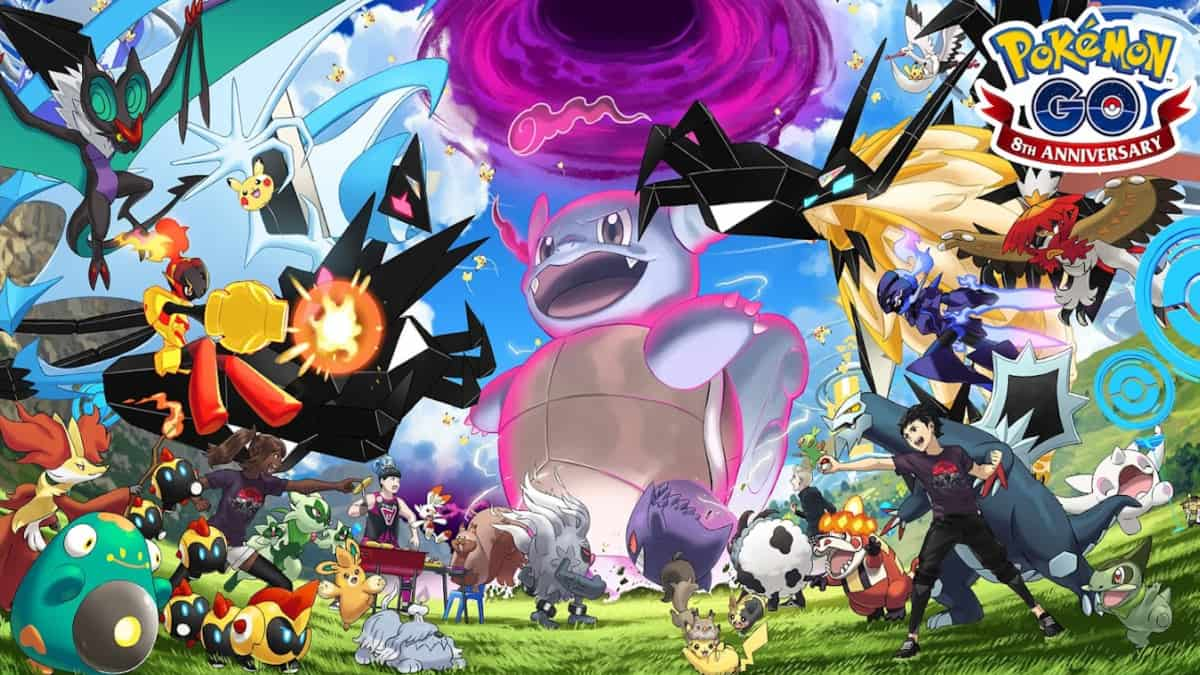
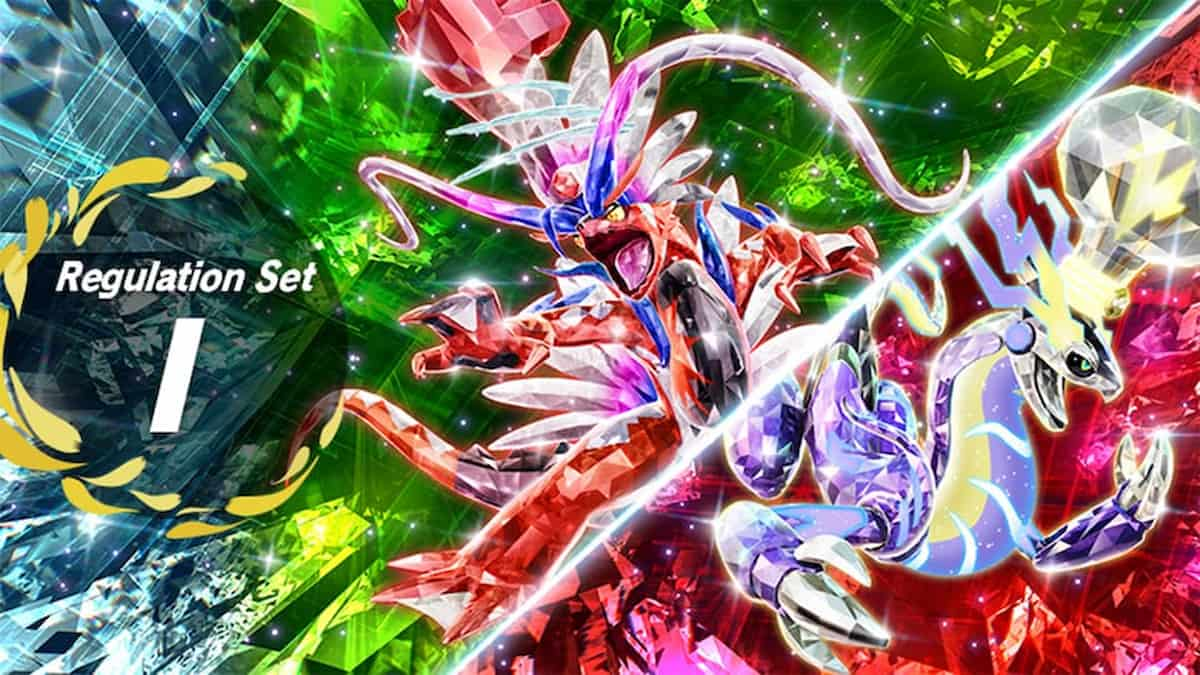
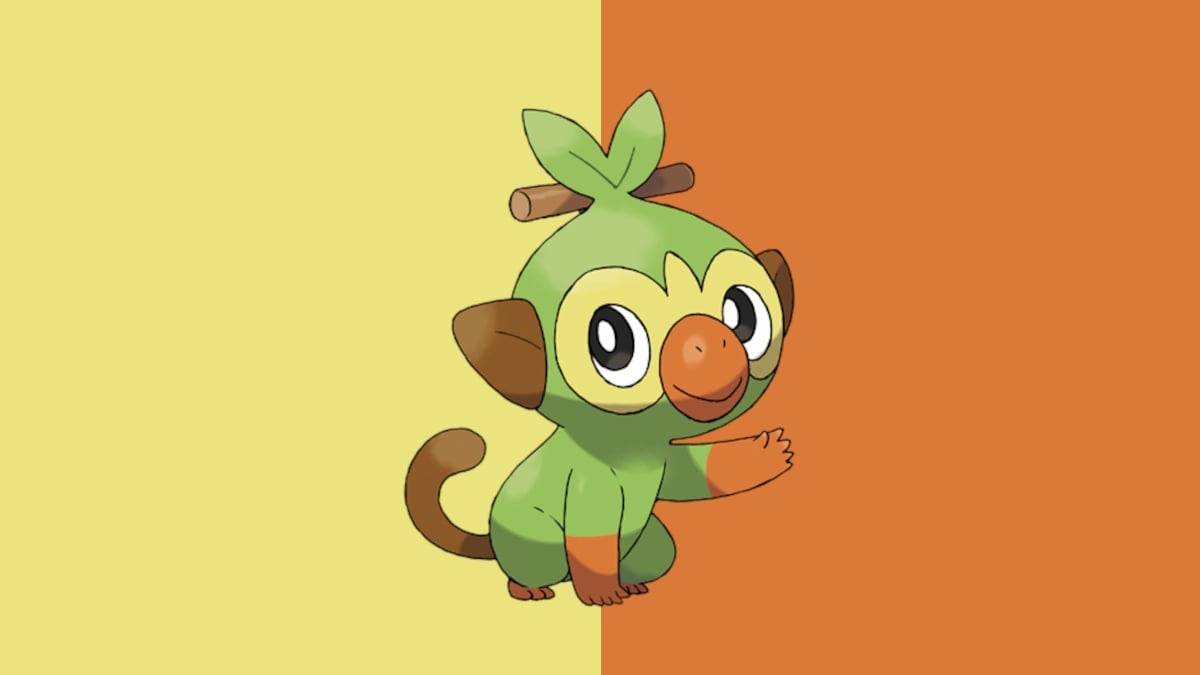

Published: Dec 20, 2022 06:19 pm